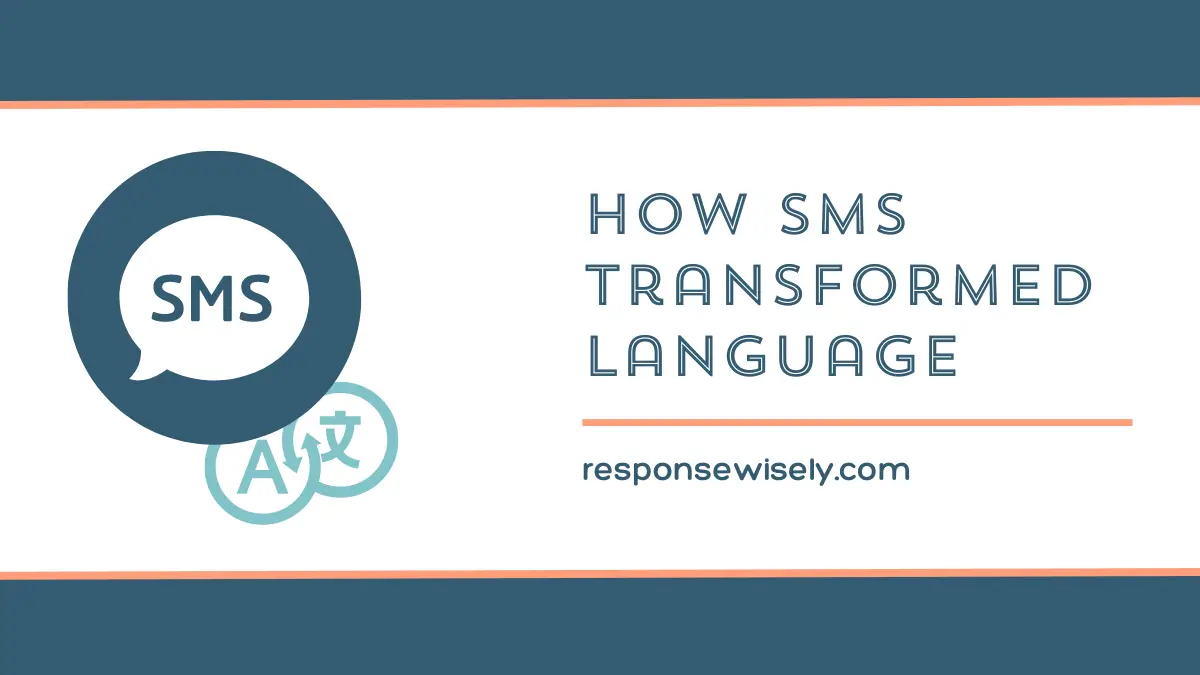As a language enthusiast, I’ve always been fascinated by the evolution of communication. The rise of SMS has undeniably revolutionized the way we interact, shaping language in ways we never imagined. In this text, we investigate into the intriguing world of texting and explore how it has fundamentally transformed the linguistic world.
From the abbreviations and acronyms we use to the emojis that convey our emotions, texting has introduced a whole new set of linguistic norms. It’s incredible how a simple text message can capture the essence of a conversation with just a few characters. Join me on this linguistic journey as we uncover the impact of SMS on our everyday language and communication styles.
Evolution of Language in Texting
Abbreviations and Acronyms
Texting has popularized the use of abbreviations and acronyms to convey messages more efficiently. It’s fascinating how phrases like “LOL” and “BRB” have become ingrained in our daily communication. These shorthand forms not only save time but also add a casual and friendly tone to conversations.
Emoticons and Emoji
Emoticons and emoji have transformed the way we express emotions in text form. From simple 🙂 to elaborate 😂, these visual elements provide context and tone to our messages. Incorporating emojis has become second nature, enhancing the emotional connection in our digital conversations.
Impact on Communication
Shift in Tone and Informality
In texting, there’s a noticeable shift towards a more casual and informal tone compared to traditional written communication. Abbreviations, acronyms, and emojis are commonly used to convey emotions and enhance the conversational aspect of messages. This informality can foster a sense of closeness and familiarity between individuals, making interactions more relaxed and engaging.
Influence on Spelling and Grammar
Texting has been influential in reshaping spelling and grammar norms. Shortened words and unconventional spellings are prevalent, emphasizing speed and efficiency over formality. While some may view this as a decline in language skills, it’s important to recognize the adaptability of language to new communication mediums. Also, the brevity and creativity often seen in texting can inspire linguistic innovation and evolution.
| Aspect | Impact |
|---|---|
| Tone and Informality | More casual and engaging communication |
| Spelling and Grammar | Emphasis on speed and efficiency |
Societal and Cultural Implications
Global Standardization of Language
In the digital age, texting has led to a Global Standardization of Language, breaking down barriers of communication across different cultures and languages. This has allowed for a more universal understanding among individuals worldwide, fostering a sense of connectivity and globalization.
Generation Gap and Communication Styles
The generation gap is evident in communication styles, with younger generations favoring text-based interactions over traditional forms of communication. This shift has influenced the dynamics of conversations, with brevity and immediacy becoming key elements in how individuals express themselves and connect with others.
Key Takeaways
- Abbreviations and Acronyms: Texting popularized efficient messaging with phrases like “LOL” and “BRB,” adding a casual tone to conversations.
- Emoticons and Emoji: Visual elements like emojis enhance emotional expression in texts, from simple 🙂 to elaborate 😂.
- Shift in Tone and Informality: Texting showcases a more casual and engaging communication style, fostering closeness and familiarity.
- Influence on Spelling and Grammar: Texting reshapes spelling and grammar norms for speed and efficiency, inspiring linguistic evolution.
- Global Standardization of Language: Texting promotes a universal understanding, breaking down cultural and language barriers.
- Generation Gap and Communication Styles: Younger generations prefer text-based interactions, influencing communication dynamics towards brevity and immediacy.
Conclusion
Texting has revolutionized language, transforming communication into a more casual and efficient form. The use of abbreviations, acronyms, and emojis has become commonplace, reflecting a shift towards brevity and immediacy in conversations. As language adapts to new mediums, linguistic innovation thrives, showcasing the dynamic nature of communication. Also, texting has played a significant role in standardizing language globally, fostering universal understanding and promoting globalization. The generational divide in communication styles highlights the influence of texting on conversation dynamics, with younger generations embracing text-based interactions. The evolution of language through texting underscores its ability to evolve and adapt to modern communication needs.
Frequently Asked Questions
How has texting influenced communication styles?
Texting has shifted communication towards a more casual tone, with the use of abbreviations, acronyms, and emojis to convey emotions. It has also prioritized speed and efficiency over formal spelling and grammar norms.
What impact has texting had on language norms?
Texting has inspired linguistic innovation by adapting language to new mediums. It has led to a more relaxed approach to spelling and grammar rules.
How has texting contributed to Global Standardization of Language?
Texting has played a role in promoting universal understanding and globalization by creating a common language style that transcends borders and cultures.
What is the role of texting in generational communication dynamics?
Texting has created a generation gap in communication styles, with younger generations favoring text-based interactions that emphasize brevity and immediacy.

